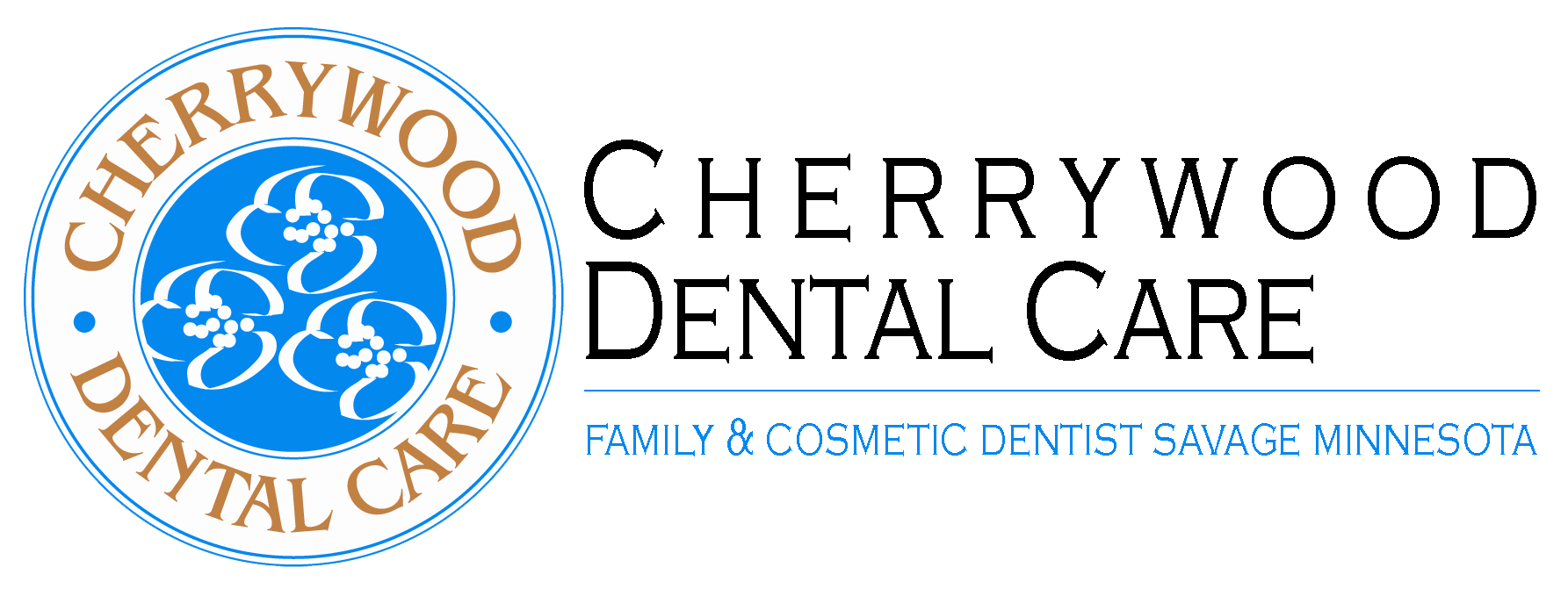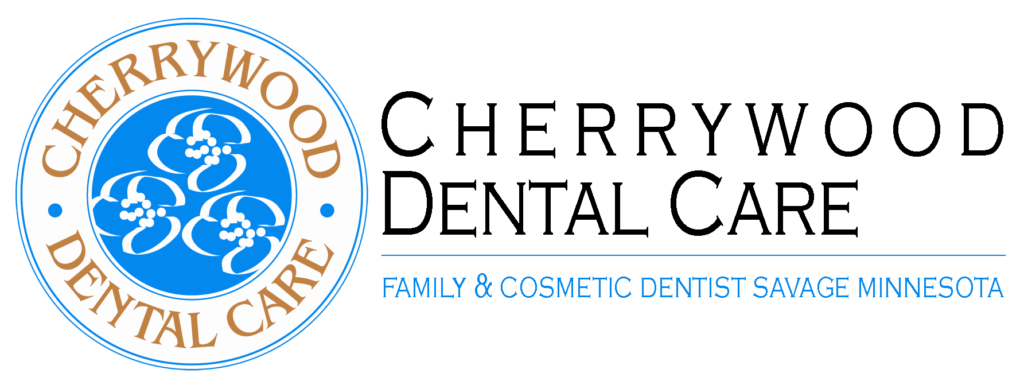How Does Invisalign Work?
If you’ve ever wanted straighter teeth, but you aren’t interested in uncomfortable and unattractive metal brackets on your teeth, you might ask your dentist or orthodontist about Invisalign at Cherrywood Dental Care. Invisalign braces are custom-made, nearly invisible aligners constructed of clear plastic and designed specifically for your teeth. Invisalign treatment uses a series of molds that gradually align your teeth. In each mold, the teeth are about .25 mm more properly aligned than in the previous mold, or tray, allowing the trays to gently and gradually move your teeth into proper alignment. Every two weeks, your orthodontist will give you a new tray, each straighter than the last, until finally your teeth are ideally positioned. The trays can be easily removed, allowing Invisalign wearers to properly brush and floss the teeth regularly, thereby helping maintain proper oral health as well as improving your smile. Because Invisalign trays are clear and lie flush to the teeth, it is hard to tell when someone is wearing them, allowing for a more aesthetically pleasing and unobtrusive treatment than traditional metal braces.
The first step in determining if you’re a good candidate for Invisalign is talking to a dentist or orthodontist who has experience as an Invisalign provider. Dentists and orthodontists must participate in specific and ongoing training in Invisalign, so make sure you’re working with an experienced and properly trained dental professional. They will help you decide if Invisalign is a good option for you, and can answer any questions about technical or financial aspects of your treatment plan. Once you and your orthodontist have decided on Invisalign, your doctor will create your custom treatment plan by digitally scanning your mouth and generating a detailed and accurate 3-D image of your teeth, mapping out the shifting of the teeth over the duration of your treatment. This allows you to see an image of your own smile, corrected, at the beginning of the treatment plan, so you know what you can look forward to. The orthodontist then uses these images to create aligners specifically for you, out of non-irritating BPA-free plastic. About twice a month, you will replace your tray with a tray that is closer to ideal, slowly moving your teeth into their straightest possible alignment.
Invisalign has revolutionized orthodontia. Though they may appear to be simple transparent molds, Invisalign is a precise thermoplastic design that controls both the amount of force used to move the teeth and the timing of the release of this force. Each tray moves only a few teeth at a time, based on the 3-D map of each stage of your treatment plan. Sometimes, Invisalign providers use a small amount of tooth-colored composite material to help adhere the aligning trays to the surfaces of the teeth, using this extra bit of pressure to help move the teeth more efficiently. Most adults complete their Invisalign treatment over the course of about a year, though this timeline varies based on the severity of the case. Your doctor will customize your treatment plan to your individual needs, so be sure to discuss any concerns or preferences you may have.
Just like traditional braces, Invisalign can be used to modify problems that may seem merely unsightly but that can also lead to more serious dental problems or trauma. Gap teeth, for example, can lead to periodontal disease, as they cause the gums to be exposed and unprotected. Problems with one’s bite, such as an overbite or underbite, can lead to stress injuries of the jaw bone and joints. It may be impossible to effectively floss teeth that are too crowded, leading to cavities in crowded areas. By addressing the larger orthodontic, and often aesthetic, issue, Invisalign effectively prevents this greater breadth of dental problems, helping you to have optimal oral health. Not only that, but because you remove your Invisalign aligners before eating, you can eat whatever you want -- there are no wires in your mouth to break or snag on an ear of corn, and no brackets for food to get stuck in. You’ll also take out your aligners in the morning and evening and brush them, just like you brush your teeth, and of course you’ll continue to regularly brush and floss your own teeth, too. If you play a contact sport and need to wear a mouthguard, Invisalign may be the most convenient and comfortable option for you, since you can remove and replace the aligners easily.
Because there is no metal and no wires involved with Invisalign, you don’t need to apply protective wax as you would with metal braces, and you don’t have to worry about irritating or injuring the inside of your mouth. Most patients report that the first couple days of each stage of treatment are a little uncomfortable, describing a feeling of pressure, but otherwise treatment is more comfortable, in many ways, than traditional braces. Once you’ve attained your goal of a straighter smile, your orthodontist will recommend that you use retainers, regardless of whether you’ve had Invisalign or traditional braces. These retainers help the teeth stay where they belong and are available with the same custom parameters as Invisalign, resulting in a precise and sturdy retainer; ask your doctor if a Vivera retainer is available for you, and if it’s a good option.
More on Invisalign : Invisalign vs Braces

